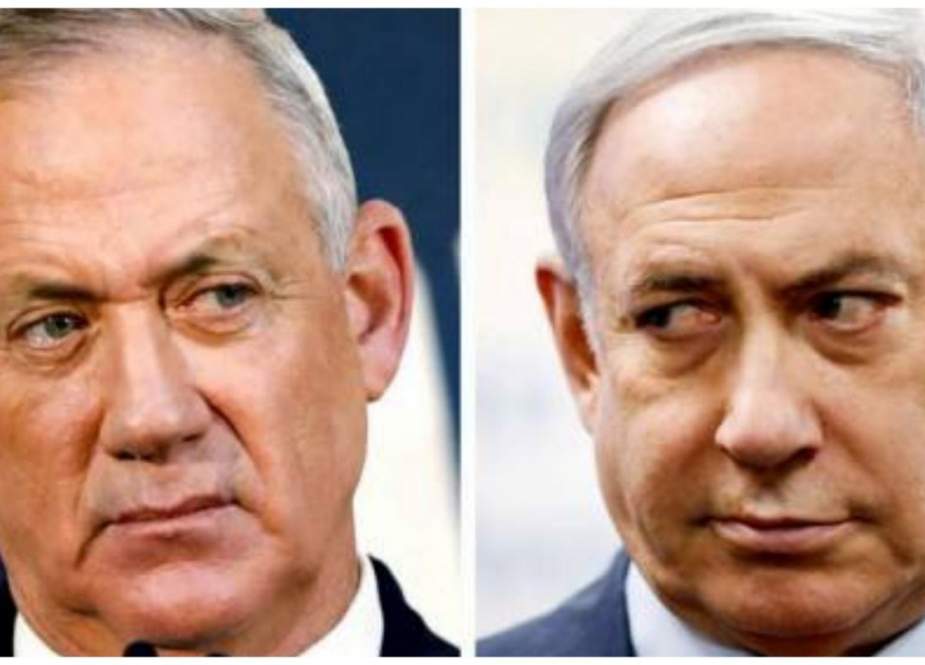Israel before and after October 7.
The Al-Aqsa storm operation, in addition to the internal dimensions that revealed many weaknesses within the Zionist regime, has an undeniable impact on its situation at the external level as well. The attack of al-Qassam battalions on the 7th of October on the occupied military bases and settlements marks a turning point in the relations between the Palestinian resistance and the occupiers.
The Al-Aqsa storm operation, in addition to the internal dimensions that revealed many weaknesses within the Zionist regime, has an undeniable impact on its situation at the external level as well. The attack of al-Qassam battalions on the 7th of October on the occupied military bases and settlements marks a turning point in the relations between the Palestinian resistance and the occupiers. The planning, implementation and actual and projected power behind it will keep analysts busy for years. More precisely, this operation not only blew up the military fortifications along the border wall but also destroyed the imaginary fortresses that were built on top of the misconceptions and stereotypes of the regime at the level of the regional governments, so the situation of the Zionist regime can be It was divided into the period before and after the Al-Aqsa storm operation.
In the military and political arena, this war resulted in multiple defeats for the Zionist regime:
1- This question is raised, Israel, which is not able to show much activity against Hamas as a small member of the resistance axis and only has air and artillery attacks on its agenda as in the past, how can it perform properly in direct conflicts with other competitors? be
2- The al-Aqsa storm operation made the military officials of the regime evaluate this war as a battle for their survival or that of Hamas and consider it as a “long-term” period, so one of the most important effects of this war can be called “change in self-view” within the complex. The decision-makers and security policymakers of the regime considered.
3- The Al-Aqsa storm revealed the vulnerability of Tel Aviv’s defense and the ineffectiveness of its tools.
The Zionist regime was able to upgrade the iron dome systems after the eight-day war in 2012 with foreign military aid from the United States Congress. In the same year, Tel Aviv claimed to have intercepted and neutralized 85% of the 400 rockets fired from the Gaza Strip towards civilian and strategic areas in the occupied territories. In 2021, the Zionists also announced that they had upgraded the Iron Dome to deal with multiple air threats, including the detection of simultaneous rocket and missile threats, as well as the simultaneous detection of several drones in the sky.
In May 2021, more than 4,500 rockets were fired by Hamas, and regime officials claimed the success of these defense systems in neutralizing 90% of the rockets launched, while one of the most important parts of the Al-Aqsa storm operation was overcoming the resistance on the Iron Dome. In fact, after many years, Hamas revealed the weakness of these systems, which was the simultaneous firing of a large number of rockets at target points. The coordinated firing of a large number of rockets in a short time (more than 5,000 in 20 minutes) makes it difficult for any defensive shield to intercept all targets.

